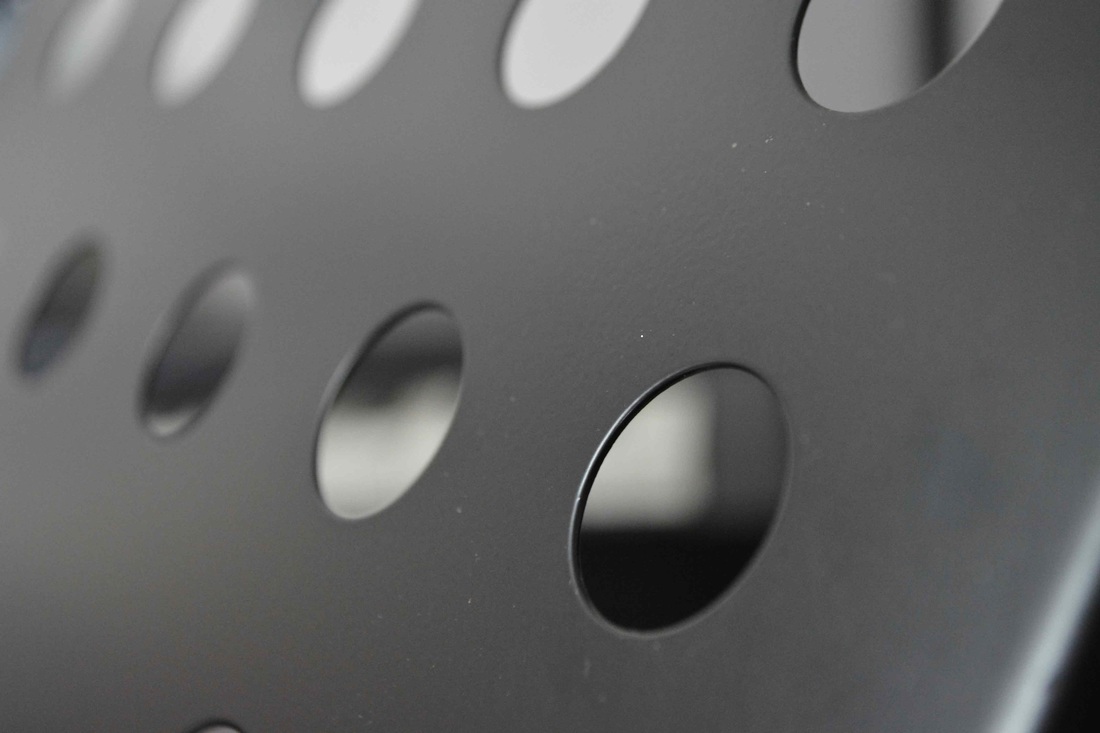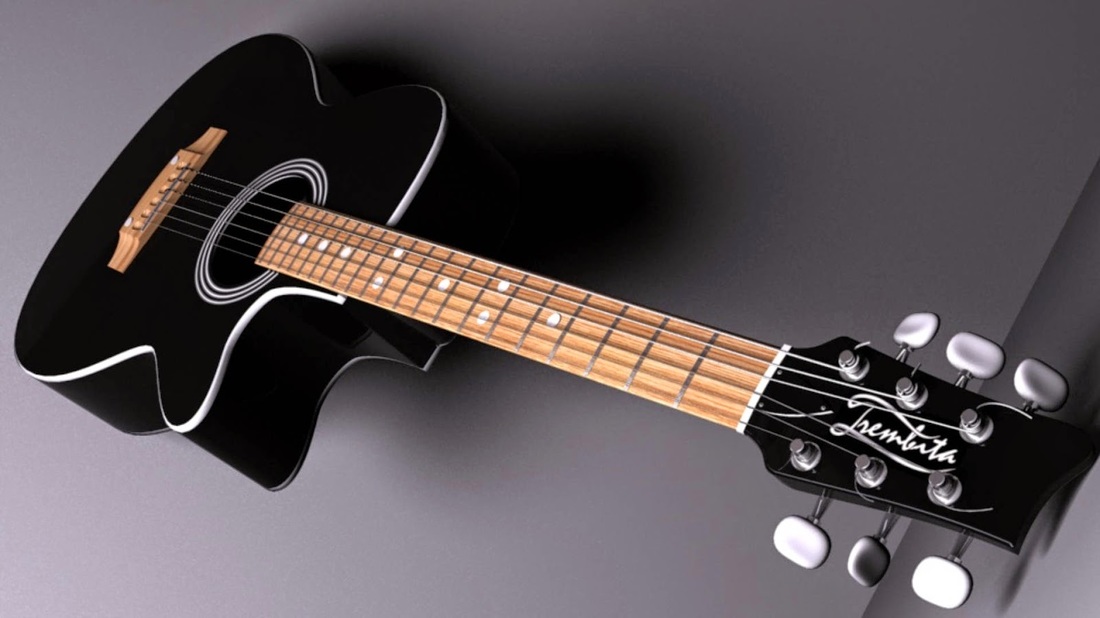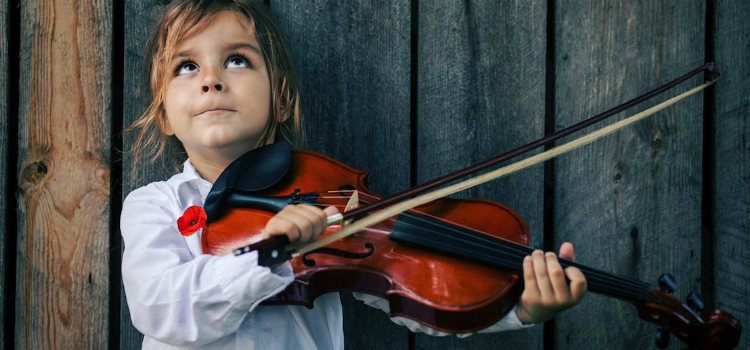For guitar, bass, keyboard and piano students, there has always been that lingering questions of whether to learn traditional notation or contemporary chords styles. Chords are faster to learn and provide you with a quick fix when learning new songs, however the detail and expression available in traditional notation is unsurpassed. So which method is the best for you?
1. Shortcuts vs Investment
Before we answer this you need to think about yourself and your unique needs. If you are a seasoned musician transitioning over to another instrument, you may need a quick fix to get you playing that song as fast as possible. Perhaps you are a total beginner and are wondering where to start? Or maybe you are an intermediate self-taught musician but would like to know what you are missing out on. All of these factors come into play when deciding where to go on your musical journey. Start by deciding if you really do need just a quick shortcut, or if you are actually serious about learning your instrument and wish to invest in your long term musical abilities. Tab and chords will provide a blueprint shortcut with the basic structure and harmonic changes in the piece, however you will be missing on a lot more such as dynamics, expressive techniques, meter, tempo changes etc. Learning to read requires much more time and effort, however it will ensure that you learn to play each piece just as the composer or artist intended.
2. Need vs Want
A common excuse is “I need to learn to play that song, but without the extra stuff”. This is mistaken as you don’t actually need to learn the piece, you want to learn the piece. A want will normally be based on extrinsic motivation, and if you are not a serious student, the novelty may soon fade away as your limited technique will leave every new song you learn with chords and tab sounding much the same. A need would be you filling in for a gig or studio recording and there is a part which you need to get perfect. This is when knowing how to read music will definitely pay off. However if the gig is not that important, or you have been asked to improvise and add your own interpretations then perhaps chords and tab will be fine. Like I previously mentioned, chords and tab are quicker to learn, however reading music provides much more detail and accuracy, so decide whether your situation is a need or a want.
3. The best of both worlds
A serious musician is driven my intrinsic motivation, that is to say the desire to pursue the practice of an instrument purely for its own purpose and not due to an external or meager reward. Hence all serious students should learn to read music as it forms the basis of your musical grammar. That being said, it is also important to understand the use of harmony in compositions, and to know how to improvise or ornament at any given moment. This is when a solid knowledge of chords and progressions is important, and hence, learning to read contemporary notation, graphs, chord charts and tab will be beneficial. My experience started with learning classical piano, then transitioning to notated jazz pieces, then jazz harmony and finally chord charts with an emphasis on improvisation. However if you are not planning to dedicate a lifetime to your instrument, the I simply recommend you get the best of both worlds by learning to read at a grade 2 or 3 level, then simultaneously learning to improvise over a set of simple progressions such as [2, 5, 1], [1, 6, 4, 5, 1] and [3, 6, 2, 5, 1] in all 12 keys.
Want to sample a bit of both? Then vcheck out IMSLP's extensive collection of traditionally notated sheet music. Then don't forget to visit the infamous Ultimate Guitar website which has hundreds of thousands of songs in simplified chord and lyrics charts. The best way to fast track your progress is always by seeking advice from a seasoned professional who has spent years developing their sight reading skills and knowledge of chords. At Contreras Music we pride ourselves on our teacher’s knowledge and experience of both the classical and contemporary arts. Why not come in for a free chat and see which method is the best for your individual needs? Visit ContrerasMusic.com and book in a free trial lesson today!
1. Shortcuts vs Investment
Before we answer this you need to think about yourself and your unique needs. If you are a seasoned musician transitioning over to another instrument, you may need a quick fix to get you playing that song as fast as possible. Perhaps you are a total beginner and are wondering where to start? Or maybe you are an intermediate self-taught musician but would like to know what you are missing out on. All of these factors come into play when deciding where to go on your musical journey. Start by deciding if you really do need just a quick shortcut, or if you are actually serious about learning your instrument and wish to invest in your long term musical abilities. Tab and chords will provide a blueprint shortcut with the basic structure and harmonic changes in the piece, however you will be missing on a lot more such as dynamics, expressive techniques, meter, tempo changes etc. Learning to read requires much more time and effort, however it will ensure that you learn to play each piece just as the composer or artist intended.
2. Need vs Want
A common excuse is “I need to learn to play that song, but without the extra stuff”. This is mistaken as you don’t actually need to learn the piece, you want to learn the piece. A want will normally be based on extrinsic motivation, and if you are not a serious student, the novelty may soon fade away as your limited technique will leave every new song you learn with chords and tab sounding much the same. A need would be you filling in for a gig or studio recording and there is a part which you need to get perfect. This is when knowing how to read music will definitely pay off. However if the gig is not that important, or you have been asked to improvise and add your own interpretations then perhaps chords and tab will be fine. Like I previously mentioned, chords and tab are quicker to learn, however reading music provides much more detail and accuracy, so decide whether your situation is a need or a want.
3. The best of both worlds
A serious musician is driven my intrinsic motivation, that is to say the desire to pursue the practice of an instrument purely for its own purpose and not due to an external or meager reward. Hence all serious students should learn to read music as it forms the basis of your musical grammar. That being said, it is also important to understand the use of harmony in compositions, and to know how to improvise or ornament at any given moment. This is when a solid knowledge of chords and progressions is important, and hence, learning to read contemporary notation, graphs, chord charts and tab will be beneficial. My experience started with learning classical piano, then transitioning to notated jazz pieces, then jazz harmony and finally chord charts with an emphasis on improvisation. However if you are not planning to dedicate a lifetime to your instrument, the I simply recommend you get the best of both worlds by learning to read at a grade 2 or 3 level, then simultaneously learning to improvise over a set of simple progressions such as [2, 5, 1], [1, 6, 4, 5, 1] and [3, 6, 2, 5, 1] in all 12 keys.
Want to sample a bit of both? Then vcheck out IMSLP's extensive collection of traditionally notated sheet music. Then don't forget to visit the infamous Ultimate Guitar website which has hundreds of thousands of songs in simplified chord and lyrics charts. The best way to fast track your progress is always by seeking advice from a seasoned professional who has spent years developing their sight reading skills and knowledge of chords. At Contreras Music we pride ourselves on our teacher’s knowledge and experience of both the classical and contemporary arts. Why not come in for a free chat and see which method is the best for your individual needs? Visit ContrerasMusic.com and book in a free trial lesson today!




 RSS Feed
RSS Feed
